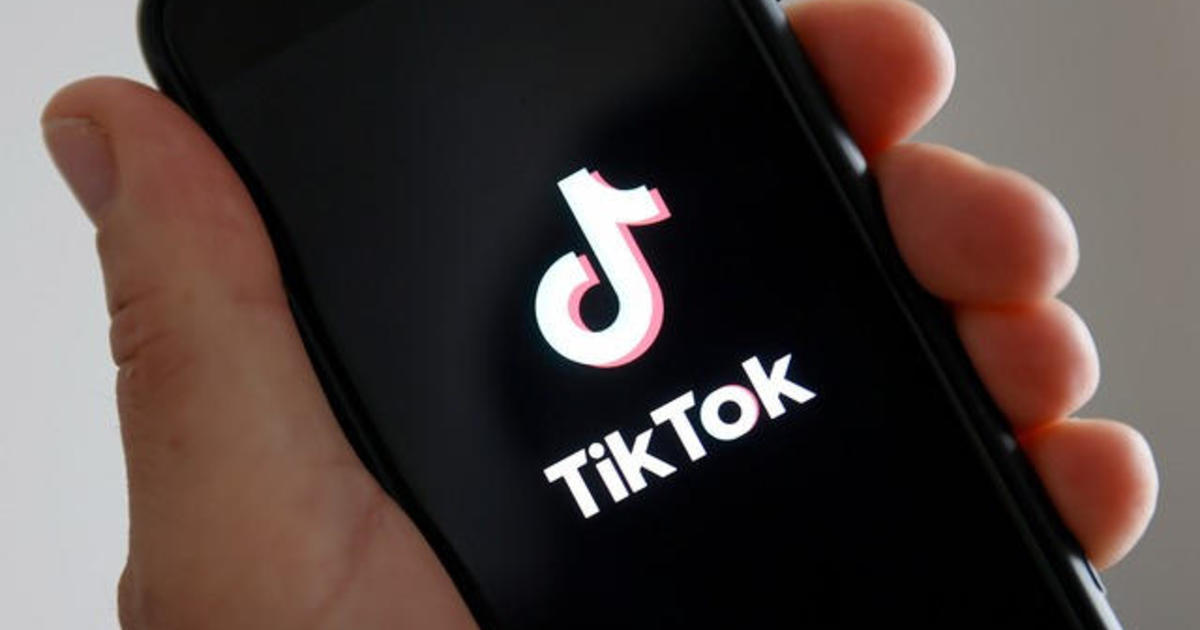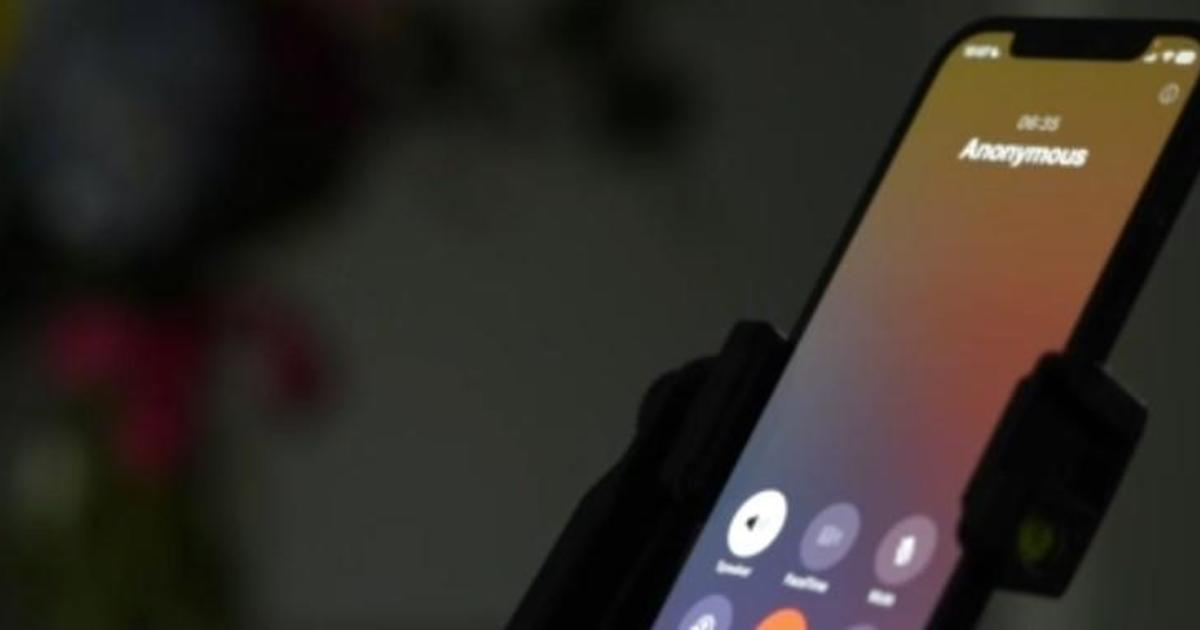Brace For A Smaller Tax Refund If You Got Monthly Child Tax Credit Payments In 2021
(CNN) -- Many parents may not be so happy when they file their tax returns this year.
They could discover they're getting smaller refunds than they usually do.
That's because more than 36 million families already received half of their enhanced child tax credit in monthly payments during 2021.
"One thing that likely will happen is that people will get smaller refunds than they were expecting because that refund, in a sense, came in advance," said Barbara Weltman, an editor of "J.K. Lasser's Your Income Tax 2022."
As part of last year's American Rescue Plan package, parents received half the credit -- up to $300 a month for children up to age 6 and $250 for those ages 6 through 17 -- from July through December. Families of 61 million children were sent the monthly payments.
It was the first time the credit was delivered on a monthly basis, which was intended to help parents pay for housing, food, clothing and school supplies.
Parents can claim the other half of the credit on their 2021 tax return.
Democrats also beefed up the total child tax credit to a maximum of $3,600 per year for each younger child and $3,000 for each older one.
Prior to the expansion, which was in effect only for 2021, the standard child tax credit was up to $2,000 for each kid up to age 17. Parents claimed it annually on their tax returns, which helped fuel their refunds.
The Internal Revenue Service has mailed families Letter 6419, which states how much they received in monthly child tax credit payments. It also notes the number of kids the agency used to calculate the distributions. Parents will need the letter to determine the remaining amount of the credit they can claim on their return.
Families could have opted not to receive the monthly payments, instead claiming the full credit on their 2021 tax returns. Some parents like to get a larger tax refund so they can make a big purchase or pay off a debt, for instance.
More complicated scenarios
Some parents may find they'll get a much smaller refund -- or even have to pay back some or all of what they received in monthly child tax credit payments.
Divorced parents who share custody of their kids may switch who claims the child tax credit each year. Since the monthly payments were typically based on parents' 2020 returns, the distributions may have gone to the parent who didn't have custody in 2021. In that case, that parent would have to pay back the funds received, and the other parent could claim the full credit on his or her tax return, Weltman said.
Also, families who earned a lot more in 2021 than they did in 2020 may have received more than they should have in monthly payments. That may allow them to claim only a small amount on their tax return or require them to pay back some of the distributions.
The full enhanced credit was available for heads of households earning up to $112,500 a year and joint filers making up to $150,000 in 2021, after which it began to phase out. For many families, the credit then plateaued at $2,000 per child and started to phase out for single parents earning more than $200,000 or for married couples with incomes above $400,000.
Congress included protections for lower-income families whose earnings may be volatile. Heads of households making $50,000 or less and joint filers with incomes of $60,000 or less don't need to repay any excess distributions.
Filing a 2021 return
Parents must file their 2021 return to receive the full enhanced child tax credit, as well as the third stimulus payment of up to $1,400 that they might have missed. Families may also be eligible for other credits, such as the earned income tax credit.
Taxpayers can go to a federal site, childtaxcredit.gov, to find a tool that directs them to free assisted filing options.
Completing a 2021 return is particularly important for low-income families who earn so little that they are not required to submit returns.
Lawmakers made the 2021 child tax credit fully refundable so more low-income parents could take advantage of it. It had previously been only partially refundable -- leaving more than 26 million children unable to get the full credit until last year because their families' incomes were too low, according to the Treasury Department.
The monthly payments helped reduce child poverty and families' hardship last year, studies have found.
To receive the monthly payments, these parents had to complete 2019 or 2020 returns, file for a stimulus check or use the IRS or Code for America child tax credit portals.
The IRS and community groups are encouraging and assisting low-income families to file their 2021 returns so they can get the other half of the enhanced child tax credit -- or the full amount if they didn't receive any payments last year.
The-CNN-Wire
™ & © 2022 Cable News Network, Inc., a WarnerMedia Company. All rights reserved.



